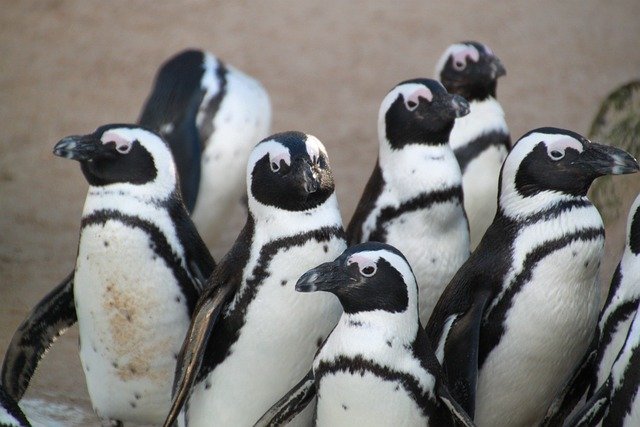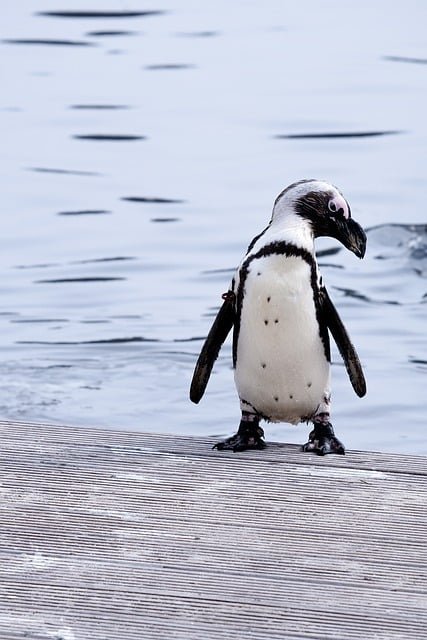**Topic: "The Adaptations of Penguins: Thriving in Harsh Environments"** In

The Adaptations of Penguins: Thriving in Harsh Environments
Penguins are remarkable birds that have evolved to thrive in some of the harshest environments on Earth. Found primarily in the Southern Hemisphere, especially in Antarctica, these flightless birds have developed a range of unique adaptations that enable them to survive and flourish in extreme cold, icy waters, and rugged landscapes. In this post, we’ll explore some of the key adaptations that make penguins such fascinating creatures.
1. Insulating Feathers
One of the most critical adaptations of penguins is their specialized feathers. Unlike most birds, penguins have a dense layer of feathers that provides excellent insulation. Each feather is waterproof, allowing them to stay dry while swimming in frigid waters. Beneath their feathers, a thick layer of blubber helps to retain body heat, ensuring that they can maintain their core temperature even in freezing conditions.
2. Streamlined Body Shape
Penguins have a unique body shape that aids in their swimming abilities. Their streamlined bodies reduce drag in the water, allowing them to move efficiently and quickly. Their flippers, which are adapted for swimming rather than flying, enable powerful propulsion through the water, making them agile hunters as they chase after fish and other prey.
3. Social Behavior and Nesting
Penguins are social animals and often form large colonies. This social behavior plays a crucial role in their survival. By huddling together, they can conserve heat during harsh weather conditions. Additionally, many species of penguins engage in cooperative breeding, where parents take turns incubating eggs and caring for chicks, ensuring better survival rates for their young.
4. Unique Feeding Strategies
Penguins have adapted their feeding strategies to thrive in their icy habitats. They are excellent divers, capable of reaching depths of over 500 meters (1,640 feet) in search of food. Their keen eyesight allows them to spot prey in dark, murky waters. Some species, like the Emperor Penguin, can fast for extended periods while they are incubating their eggs, relying on their fat reserves to sustain them.
5. Behavioral Adaptations
In addition to physical adaptations, penguins exhibit various behavioral adaptations that help them cope with their environment. For instance, they have developed specific vocalizations and body language to communicate with one another in crowded colonies. This communication is vital for maintaining social bonds and coordinating activities such as feeding and protecting their young.
Conclusion
Penguins are a testament to the power of evolution and adaptation. Their unique features and behaviors have enabled them to thrive in some of the most inhospitable environments on the planet. As we continue to study these fascinating birds, we gain valuable insights into the resilience of wildlife and the importance of conserving their habitats in the face of climate change and other environmental threats.
Whether you’re a wildlife enthusiast or simply curious about the natural world, penguins remind us of the incredible ways life can adapt and flourish, even in the harshest of conditions.
